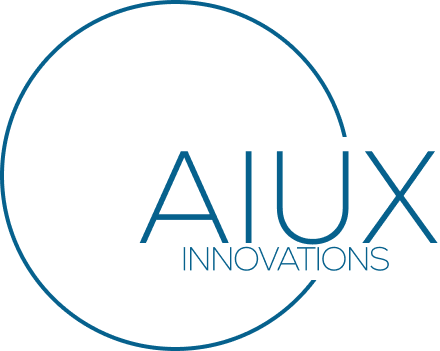In an era where personalization and user control dominate technology trends, the automotive industry is ripe for a groundbreaking shift. Imagine owning a car that not only adapts to your driving style but also reflects your personal preferences in its interface design. Car manufacturers have an unprecedented opportunity to release apps that allow users to design their vehicle interfaces, fundamentally transforming the user experience (UX) and setting a new standard for engagement, satisfaction, and innovation.
The Case for Customizable Car Interfaces
Historically, car dashboards and infotainment systems have been standardized, offering users a predetermined set of options. While these interfaces are generally well-designed, they rarely account for the diversity in user preferences. The average driver has unique habits, priorities, and visual preferences that one-size-fits-all designs cannot fully address. Providing an app that enables users to customize their car’s interface can revolutionize how people interact with their vehicles.
Customization in user interfaces has already proven its value in technology through smartphones, tablets, and computer operating systems. Extending this concept to automotive UX can enhance driver comfort, safety, and satisfaction by empowering users to tailor their dashboard layout, button placements, and feature displays according to their needs.
The Benefits of User-Centric Design in Automotive UX
- Enhanced User Satisfaction and Comfort: Allowing drivers to modify their interface gives them ownership over their driving experience. For instance, a user who values quick access to navigation may choose to prioritize it on their home screen, while another may prefer having media controls front and center. Customization increases comfort and decreases frustration, leading to a more seamless and enjoyable ride.
- Improved Safety through Familiarity: Drivers who design their interfaces can set up their dashboards in the most intuitive ways, potentially reducing the need for visual scanning and cognitive load. This can minimize distractions, leading to safer driving. A driver familiar with their self-created layout will know instinctively where to look or touch, enhancing reaction times during critical moments.
- Accessibility for Diverse User Needs: A customizable app can be a game changer for drivers with specific needs, such as those with disabilities or vision impairments. Interfaces can be tailored for larger buttons, high-contrast colors, or even audio cues that facilitate ease of use. This kind of user-centric approach can make vehicles more inclusive.
- A New Layer of Brand Loyalty: When users are empowered to personalize their experience, they develop a deeper connection with the brand. An app that lets drivers create their interface is an innovative selling point that could increase customer retention and loyalty.
- Future-Proofing with Continuous Updates: A customizable interface app ensures that a car’s UX can evolve, staying relevant as user needs change. With regular updates, users can experiment with new layouts and features, ensuring their vehicle feels as fresh and user-friendly as the day they drove it off the lot.
Key Features of a Custom Interface App
If car manufacturers choose to venture into this realm, the app must be thoughtfully designed to allow robust yet user-friendly customization. Here are key features that would set such an app apart:
- Drag-and-Drop Widgets: Users should be able to move and resize dashboard elements, such as navigation, speedometers, climate control, and media players.
- Theme Customization: A range of color schemes and font choices can cater to different aesthetic preferences or improve readability.
- Saveable Layouts: Drivers who share vehicles with family members could save multiple profiles with customized layouts, enabling quick switching between user experiences.
- Adaptive Templates: For those less inclined to design from scratch, manufacturers can offer templates tailored to different driving styles (e.g., long-distance travel, city commuting, or off-roading).
- Voice Command Integration: Customization should extend to voice-controlled setups, letting users assign specific commands for personalized interactions.
- Real-Time Preview: Users should see how changes will look and function in real-time to ensure they meet their expectations before applying them in the vehicle.
Challenges and Considerations
While the benefits are clear, car manufacturers must approach this innovation thoughtfully. Ensuring that users do not create layouts that could become a safety hazard is crucial. To counteract this, the app should include safety checks and prompts to encourage responsible customization. Additionally, data privacy and cybersecurity must be prioritized to safeguard user preferences and any personal information linked to their interface.
Another challenge is balancing customization with simplicity. Overly complex options can overwhelm users who may not be as tech-savvy. A guided onboarding process and simplified, optional design modes can help accommodate a range of users, from tech enthusiasts to beginners.
Conclusion: The Future of Automotive UX
Allowing drivers to design vehicle interfaces could be a monumental step in automotive UX. It shifts the focus from standardized, mass-market solutions to a personalized, user-centric approach that aligns with broader trends in technology and user behavior. For car manufacturers, embracing this change means positioning themselves at the forefront of innovation and setting a new benchmark for customer engagement and satisfaction.
This evolution in automotive design will redefine the relationship between driver and vehicle, turning cars into customizable, adaptive spaces that serve each user’s unique needs. As personalization continues to influence consumer expectations, a custom interface app could be the competitive edge that shapes the future of automotive experiences.
